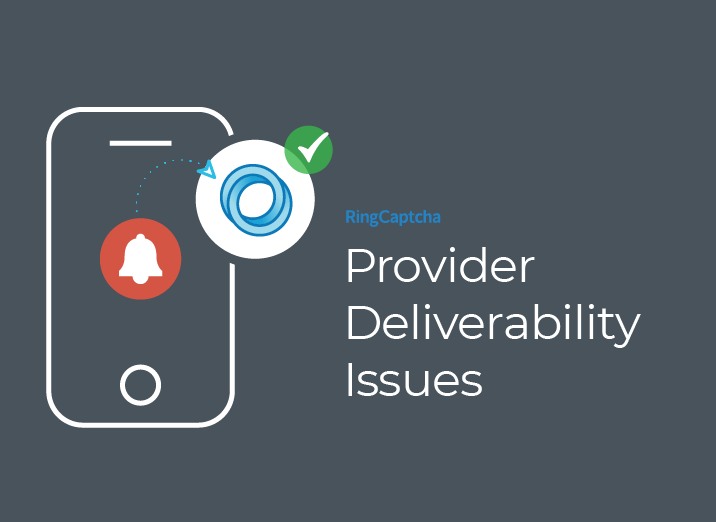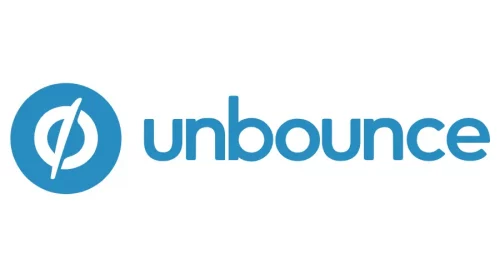You might also like these other posts...
How to Prevent being Hacked in 2018
What happens when your provider has deliverability issues with a carrier? Two weeks ago, Ufone Pakistan announced that they would… Continue Reading
Phone Numbers Are the New User ID
What happens when your provider has deliverability issues with a carrier? Two weeks ago, Ufone Pakistan announced that they would… Continue Reading
Validating leads with Unbounce & RingCaptcha to increase lead quality by 27%
What happens when your provider has deliverability issues with a carrier? Two weeks ago, Ufone Pakistan announced that they would… Continue Reading
GET STARTED NOW
Over 1 million fake leads blocked by RingCaptcha and counting!
50 SMS Free Trial • No Credit Card Required


 Deliverability
Deliverability 

